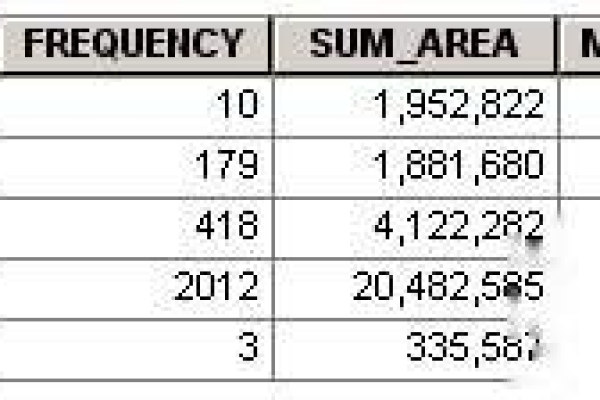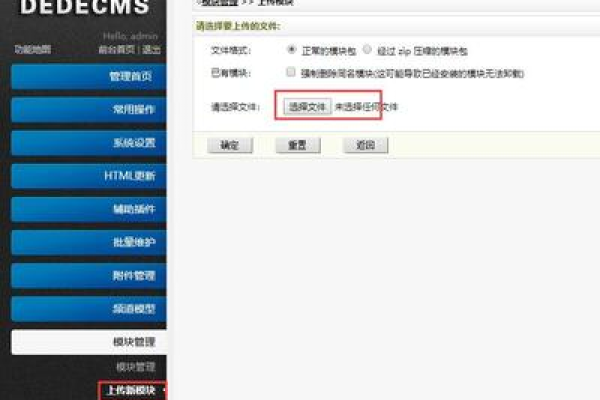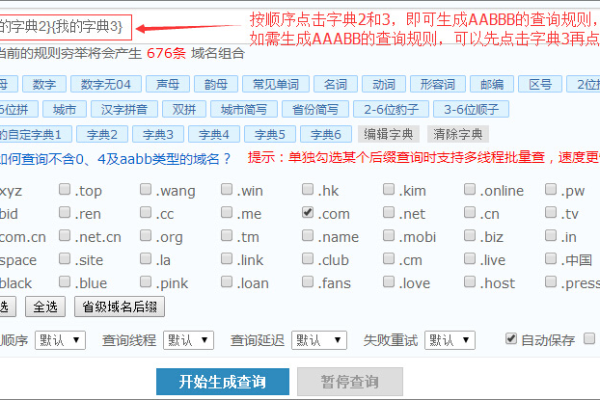arclistsg平台,它如何改变我们处理列表的方式?
- 行业动态
- 2024-08-06
- 3
arclistsg是织梦CMS中用于单表独立模型的文档列表调用标记,小编将深入探讨arclistsg的多个方面,提供一个全面的了解:
1、功能与定位
功能:arclistsg主要用于调用单表模型的内容,它允许用户获取指定单表模型(例如分类信息),指定栏目,指定排序及呈现样式的一列文档,这种标记在调用特定信息时提供了极高的灵活性和便利性。
定位意义:在DedeCMS中,从版本5.3开始加入了单表模型的概念,这是为了脱离以往主从表的数据表关联结构,提供更为直接和高效的数据管理方式,使用如arclistsg这样的标签,可以有效地从数据库中检索和展示基于单表模型的内容,极大提高了内容调用的效率和准确度。
2、语法与参数
基本语法:{dede:arclistsg flag='h' typeid='' row='' col='' titlelen='' orderway='' keyword='' limit='0,1'},每个参数都有其特定的功能和应用场景,如flag用于设置是否新窗口打开链接,typeid用于指定类型ID,以筛选特定类别的文档等。
关键参数解析:row 参数用于指定返回的文档列表总数,titlelen 参数则控制标题的长度;orderway 定义了排序的方式,这对于展示最新或最旧的内容非常重要;keyword 可以用来限定搜索的关键词,而limit 则非常适用于分页功能的实现。

3、应用实例与代码
基本示例:一个简单的应用实例如下:{dede:arclistsg flag='h' typeid='' row='10' col='1' titlelen='30' orderway='desc' keyword='' limit='0,1'},这段代码将会调用最近添加的10篇文档,标题显示30字,按降序排序,并且只显示一页结果。
实际应用分析:假设一个网站运营者想要在首页展示最新的产品信息,可以使用arclistsg标记来调用产品模型中的最新数据,并根据需要设定展示的样式和排列方式,使得首页内容始终保持最新状态,吸引用户的注意力。
4、高级应用与技巧
自定义样式:虽然arclistsg的基本用法已经可以满足大部分需求,但通过与CSS的结合使用,可以实现更多定制化的展示效果,可以通过外部CSS定义不同类别文章的样式,使页面更加丰富多彩。

结合其他模块:在复杂的应用场景中,arclistsg可以与其他DedeCMS模块或PHP脚本相结合,实现如数据筛选、特殊格式输出等功能,进一步扩展其应用范围。
5、注意事项与问题解决
缓存问题:在使用arclistsg时,需要注意系统缓存可能导致调用的内容不实时更新的问题,解决方法是调整系统缓存设置或手动清除缓存。
兼容性考虑:随着DedeCMS版本的更新,一些老旧的用法可能会被弃用,开发者需要定期检查和更新代码,以确保兼容性和最优性能。
考虑到用户在实际应用中可能遇到的各种需求和挑战,以下几点建议可能会有所帮助:

在进行模板设计时,尽量使用语义化的HTML标签与CSS样式类,这不仅可以确保内容的结构化和易于维护,还可以增强模板的复用性和可访问性。
考虑到SEO的重要性,使用arclistsg时应注意合理布局关键字,优化标题和描述的生成,以及确保列表内容的丰富度和更新频率。
对于大型或高流量的网站,性能优化是不可或缺的一环,可以通过缓存机制、数据库查询优化等方式提升arclistsg的执行效率和响应速度。
arclistsg作为织梦CMS中一个重要的文档列表调用标记,其在内容展示和管理方面发挥着关键作用,通过掌握其核心语法、参数配置以及最佳实践,开发者可以充分利用其灵活性和强大功能,为网站访问者提供及时、相关且吸引人的内容,随着技术的进步和用户需求的变化,持续学习和适应新的开发策略将是任何开发者成功利用DedeCMS及其功能的关键。















